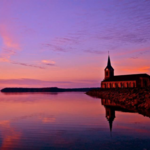Hunter & Kaylee
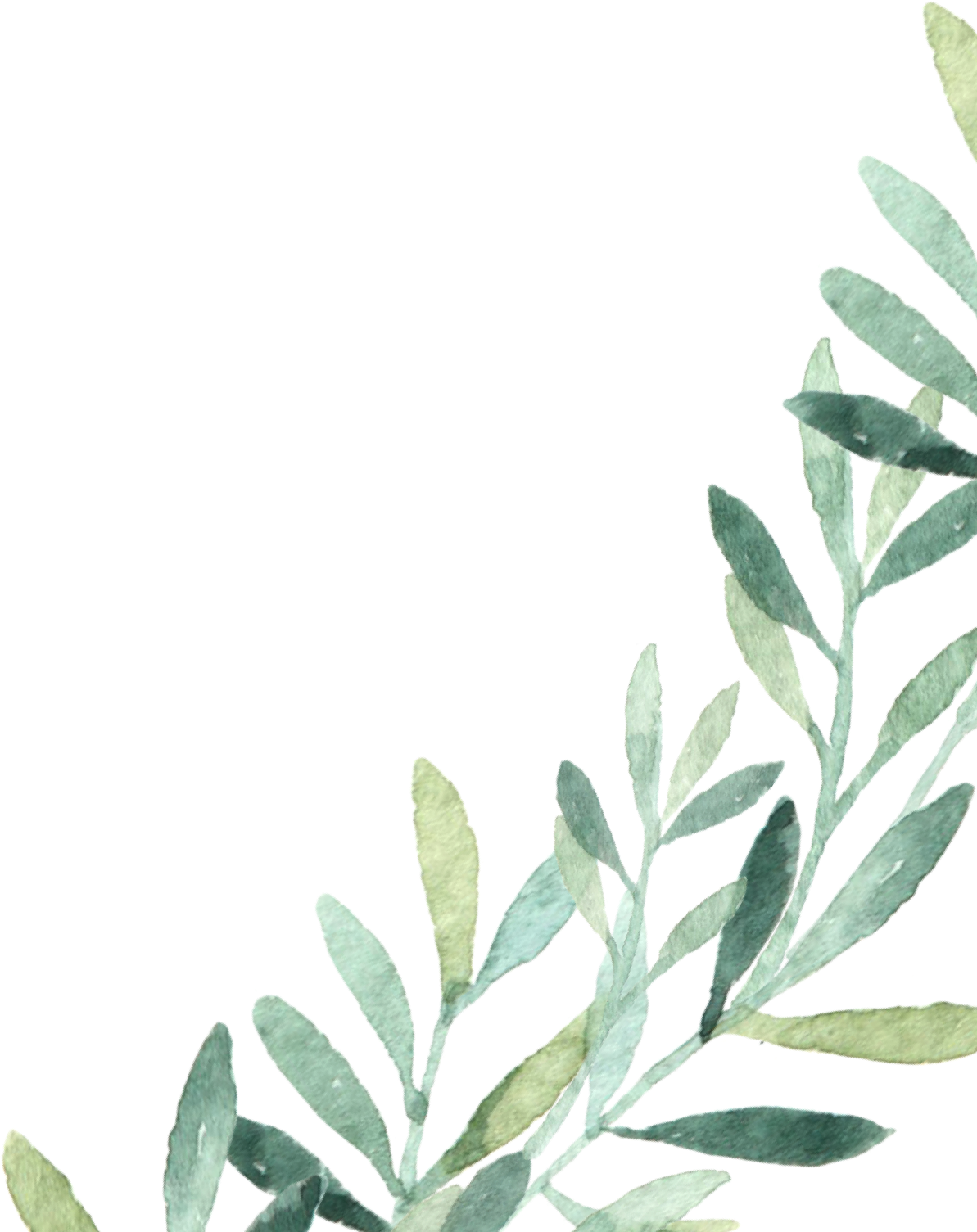
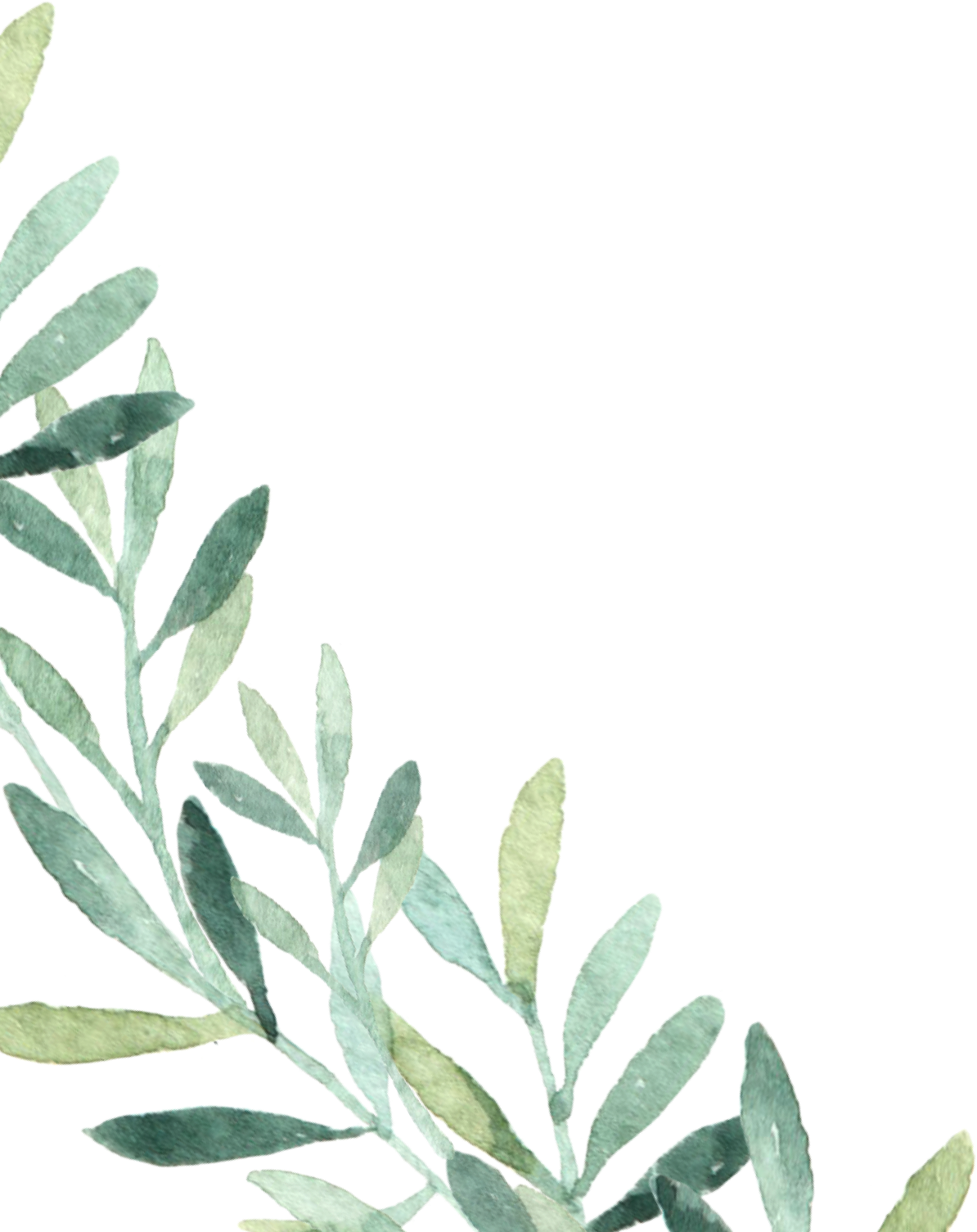
Things To Do
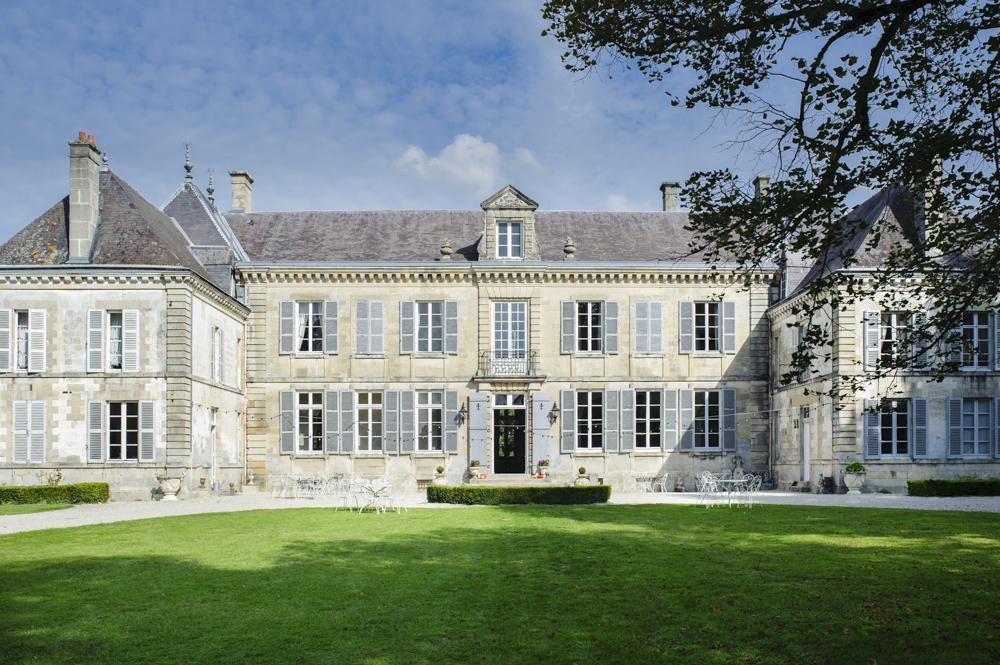
Reims Cathedral
At the site of 900 years-worth of royal coronations, it’s almost mind-blowing to think of all the historical figures that have passed through. Before you enter see if you can find the Smiling Angel in the north portal of the west facade. It’s a 13th century sculpture with its own story to tell, as it was beheaded during the German bombing in 1914 and the fragments became a famous piece of anti-German propaganda within France. The Smiling Angel is one of a small army of sculpted figures on the facade, more than any other cathedral in Europe apart from Chartres. And finally for art lovers, in the apse you can find stained glass windows designed by Marc Chagall to replace those damaged in the war.
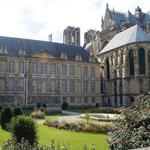
Palais du Tau
The Episcopal Palace next-door is where the cathedral’s treasury is kept, and also had a role in the coronation ritual. The king would come here to don his robes, and from 990 to 1825 this was where the post-coronation banquet would happen. On display is an astonishing assortment of tapestries, reliquaries and statues. Among the must-sees is a 9th-century talisman belonging to Charlemagne. But nothing can match the Holy Ampulla for importance: It contained the anointing oil for every coronation from Louis VII in 1131 to Louis XVI in 1774.
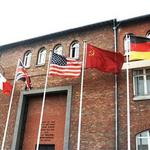
Musée de la Reddition du 7 mai 1945
It’s hardly common knowledge, but Germany’s official surrender at the end of the Second World War was signed in the Reims’ Lycée Franklin-Roosevelt on 7 May 1945. The museum commemorating the event was opened 40 years later and is packed with military memorabilia, photographs, medals and framed newspaper from the momentous date. You’ll discover which military units were positioned in Reims at the time, and how this technical college game to be used as General Eisenhower’s headquarters. The very room where the document was signed has been untouched since the surrender 70 years ago.
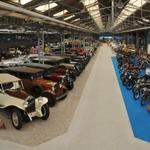
Musée automobile Reims-Champagne
With more than 230 cars on display, this museum will give you as a clear a picture of the history of the French automobile as you could wish for. The oldest vehicle dates to 1908, and what will thrill automotive historians is the amount of cars from long defunct marques like Salmson, Delage, Berliet and Chernard-Walcker. Some are limited editions and among the last remaining models in the world. There’s also an extensive bike collection, and a whopping assortment of 5,000 miniatures and toy cars.
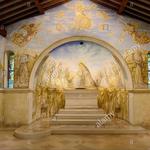
Foujita Chapel
In the grounds of the Mumm Champagne house, opposite from their caves, is a magical curiosity to track down. Tsuguharu Foujita was a Japanese painter who spent most of his career in France and was a member of the Paris School. In the 1960s designed this chapel in the garden, and painted the fabulous frescoes that cover the walls inside. Foujita had converted to Christianity ten years earlier, and it’s startling to see Christian themes portrayed in his oriental style. Special mention goes to the glass windows made by the master-glazer Charles Marq.
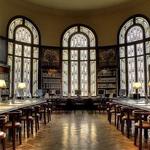
Bibliothèque Carnegie
Reims was one of three cities damaged by First World War that were chosen to receive a library from the American philanthropist Andre Carnegie. In the library’s catalogue are medieval manuscripts, incunabula (books printed before 1501) and numerous books printed during the Ancien Régime. Most people come just for the aesthetics: The library was built between 1921 and 1927 and is an art deco marvel. Entry is free for all and you have to go in to poke around quietly for a few minutes. Check out the mosaics in the reception, the geometric railings in the Salle du Catalogue, the various stained glass windows and the lantern and fountain beneath in the hall.
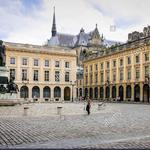
Place Royale
The most magnificent square in the centre, Place Royale was plotted in 1760 in the neoclassical style, with balustrades on the roofs, arcades and cast-iron lanterns. It was built to honour King Louis XV, and there’s a statue of him dressed as a Roman Emperor (no coincidence, as the square is on part of the Roman forum). The original monument to the King was sculpted by the celebrated Jean-Baptisite Pigalle, and although his statue of the king was destroyed in the Revolution the pediment below survived and depicts the Pigalle under the protection of the king. The current statue is from 1818, designed by Pierre Cartellier
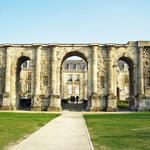
La Porte de Mars
There isn’t a great deal of Reims’ Roman history surviving, but this arch in Place de la République is still going strong. It was built in the 200s, and at 33 metres in length is the largest Roman arch in the world. The arch has a lot of wear, but if you know your Roman mythology you can show off by identifying the reliefs of Romulus and Remus, and Leda and Jupiter. One of the reasons why the Porte de Mars has remained intact is that it was a city gate, and then part of a medieval castle for Reims’ archbishops.
Musée-Hôtel Le Vergeur
On Place du Forum is a 16th-century mansion built by the bourgeois merchant Nicolas Le Vergeur. Before you go inside you can appreciate the gables and half-timbering over the stone base. The museum within has taken donations from people of all kinds of backgrounds, so the collection is wonderfully diverse. There’s gothic and renaissance furniture, German Meissen porcelain and oriental art from the 19th century. But the absolute must-see is a collection of 50 engravings by the German renaissance artist Albrecht Dürer. Step out into the courtyard to see historic architectural fragments rescued from around the city, like romanesque arches from a 12th-century templar church.
Museum of Fine Arts
Set in a former abbey, Reims’ fine arts museum is a product of the Revolution: Its collection is based on a works seized from the region’s aristocracy. Since then the inventory has grown with donations, and gives you a comprehensive overview of the main European art movements from the 1500s to the 1900s. There are paintings by Renoir, Matisse, Monet and Charles Le Brun (who decorated the Palace of Versailles). But the museum is noted for its set of 27 works by the 19th-century landscape artist Camille Coroy, the second-largest collection in the world.
Villa Demoiselle
Next to the Pommery Caves is a gorgeous mansion built during the transition between art nouveau and art deco at the start of the 20th century. After being left to rot in the 80s and 90s it was done up in 2004: The president of Vranken Champagnes, Paul-François Vranken spared no expense restoring the villa to its Belle Époque splendour. Some sublime pieces of furniture and decoration were also added, like sinuous chairs crafted by Gustave Serrurier-Bovy, and a Cuir de Cordoue ceiling Émile Gallé. There’s also a fireplace by a student of Louis Majorelle, which was submitted to the Exposition Universelle in Paris in 1900.
Basilique Saint-Remi
This church is a UNESCO World Heritage Site and acclaimed as a gothic masterpiece for its sculptural decoration and architecture. Parts of the building are much older than the gothic period, as the romanesque nave and transepts are from the 1000s. Later gothic additions like the choir ambulatory and facade are masterful in the way they help form a unified whole. The historic relics of Reims’ patron saint are inside: Saint-Remi was the bishop noted for baptising Clovis the King of Franks around the turn of the 6th century.
Champagne Canard-Duchêne
In Ludes, within 15 km from Reims city centre, in the heart of the Montagne de Reims wine area, exit “Cormontruil”, direction “Louvois”.
Champagne Pommery
Unique en Champagne, this Elizabethan-style estate was conceived and built by Madame Pommery in the 19th century. Through a guided tour of the cellars, discover some of our Gallo-Roman chalk pits and our exhibition of contemporary art.
Champagne Charles de Cazanove
Located in the heart of the city of Reims, close to the train station, the Maison Charles de Cazanove welcomes you every day. We offer champagnes for sale and for tasting
Champagne Ruinart
The famous Ruinart cellars are a fascinating spectacle: an impressive staircase plunges into a network of galleries leading to former chalk pits and where millions of bottles are stored
Champagne Lanson
Champagne Lanson invites you to discover its brand new introductory tour that takes you from the vine to the glass in central Reims.
G.H. Mumm
The visit to the cellars leads you through this exceptional site and outlines the main steps in the development of Champagne G.H. Mumm. You will also discover one of the most comprehensive museums about the different champagne trades
Eglise Notre-Dame-en-vaux
The church Notre-Dame-en-Vaux is classified UNESCO World Heritage. With 56 bells, it holds one of the largest carillon in Europe as well as admirable windows from the sixteenth century. Very elegant, it mixes Gothic and Romanesque art in the most beautiful way.
Cathédrale Saint Etienne
Saint-Etienne Cathedral offers a beautiful example of gothic art from the 13th century. Its architecture, particularly that of the nave and north transept, is remarkable.
National Center For Arts Du Cirque
This old municipal circus, completed in 1899, has been holding the Circus Arts NationCentre since 1985. The teaching given to about twenty pupils each year, includes all live showbusiness forms, grouped around three main trunks: artistic awareness, circus technics and creative ability.
Porte Sainte-Croix
Built in 1769 in the ancient city walls, it was dedicated to Marie Antoinette when she arrived in France and took the name of Porte Dauphine. The exterior was decorated with military trophies, while the reliefs provided on the opposite side were never carved. Get in Porte Ste Croix and discover Chalons as you've never seen. Site accessible only through guided tours.
Le Grand Jard
Another nickname for Châlons is Ville Jardin (Garden Town), and that’s because there’s a big green band right in middle of town. This is composed of three parks, the Petit Jard, the Grand Jard and the Jardin des Anglais. All three are a legacy of the medieval times, but were redesigned in the 18th and 19th centuries when the bishop’s properties were seized. Starting in the east, the Petit Jard is a landscaped park around the Château du Marché, with an arboretum. The Grand Jard is a grand esplanade, with chestnut avenues and a waterfowl sanctuary on its banks. And then the Jardin des Anglais has meandering paths, flowing lawns and a postcard-worthy view of the cathedral.
Duncan Golf & Tennis Club
Book a tee time at the Duncan Golf and Tennis Club prior to joining us at our reception!
Territory Golf Course
Another great golf course in the Duncan area!
Distinctive Decor
While visiting Duncan, stop by the many amazing Main Street stores. Kaylee started working at Distinctive-Decor in high school. This is where she met Hunter's mom, Beth!
Three French Hens
Another cute store on Main Street Duncan. When visiting, be sure to tell "the Hens" Kaylee sent you!
Sumac Trading Co.
While in Duncan, you must stop by Sumac!
